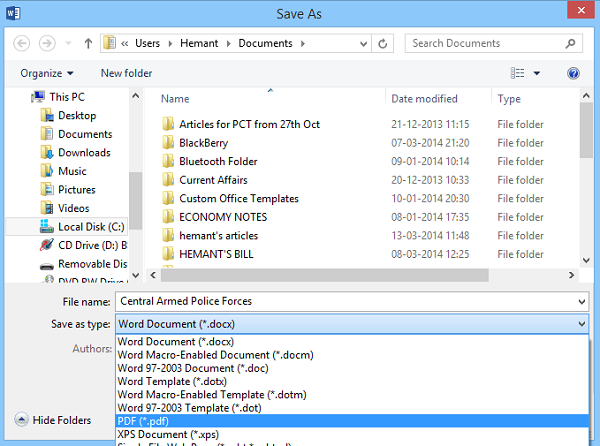

- FILE LOCATIONS IN WORD 2013 ARCHIVE
- FILE LOCATIONS IN WORD 2013 SOFTWARE
- FILE LOCATIONS IN WORD 2013 DOWNLOAD
And of course, you won't be comfortable with every time you open the file, every time you have to do the unlocking (unblock).
FILE LOCATIONS IN WORD 2013 ARCHIVE
For example, if you save all your files in zip files on a network drive, you will see any files in the archive file that you want to open are automatically locked (block). If you find yourself constantly facing error messages when opening a file, you may want to do something else. Next time, just double click on the file, it will open for you. On the General tab, click the Unblock button at the bottom of the dialog box, then click OK. Right-click on the Office file and select Properties from the menu. If you do not encounter this problem often, you can do it this way to open the locked files. Office 2013 also applies a similar technique to Internet Explorer to identify the source of files, and this can lead to security issues. In these cases, you will fall into a state. The problem is even bigger when in fact the files stored on a network drive or copied from other computers on your home network may be affected.
FILE LOCATIONS IN WORD 2013 DOWNLOAD
When you are dealing with files that are emailed to you, or you download them from the Internet, Office's vigilance is commendable, but it's also incredibly annoying.

FILE LOCATIONS IN WORD 2013 SOFTWARE
The reason the files cannot be opened is because it comes from another computer - and the Office software considers it a security threat. Trying to open a Word file, you can see that Word does not just refuse to open the file, but does not provide a support solution. Note the use of the wildcard asterisk at the end of what you are searching for this should help you find any template (or even document) that starts with "normal.If you have updated to Office 2013, or Office 365, you may have trouble opening attachments that other people send you email. If you suspect this is the case with your version of Word, just get out of the program and use Windows' search capabilities to look for "normal.do*" (without the quote marks). (The Normal template is where Word stores default settings for brand new, blank documents it creates.) I say "may not" because some versions of Word seem to store this special template in a different directory all together. It may not tell you where your Normal template is stored. Note that this tells you where your user templates are stored.

The problem is that even Word Help cannot say exactly where the templates folder is on any particular computer. Regrettably, the average user hasn't a clue where they are stored on disk. The first step in modifying templates is to load one, and that means you need to know where they are stored on disk. It is unfortunate that Microsoft does not make it easier to modify templates.


 0 kommentar(er)
0 kommentar(er)
